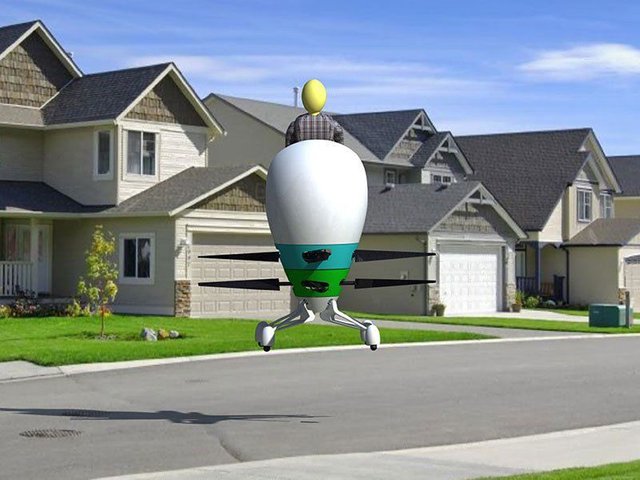Now Personal Flying Machines of the Future Won’t Look Much Like Jet Packs !
Judging from the GoFly competition, they’re much more likely to resemble flying motorbikes....
Maybe it’s time to say goodbye to the jet pack. For a long while now, when someone mentioned “personal flying machines,” the image that came to mind was of people wearing devices powered by small, but loud turbine engines that lifted them, seemingly at their own peril, into the air.
But that’s so 20th century, judging from a collection of fanciful, but scientifically sound vehicles designed for an international competition. They’re competing for what’s called the GoFly Prize, but also for the opportunity to create models for how personalized flight evolves in the coming decade.
“There’s no dream more universally shared than soaring through the sky,” says Gwen Lighter, CEO of the GoFly Challenge, which is sponsored by Boeing. “One of our goals was to open up innovation to the entire world. Our innovators took that to heart and came up with many different designs and permutations.”
More than 160 teams submitted entries, and earlier this month, 10 winners were announced for Phase 1 of the competition, based on technical specs and drawings. For Phase 2, teams will have to build working prototypes, with winners named next March.
Lighter points out that a number of technological advances—from the control and stability systems that allow drones to be so maneuverable, to the dramatically improved performance of batteries—have made a wide range of flying devices much more plausible.
That’s critical since the competitors have to meet requirements that are that much more challenging in combination. Specifically, each device must be smaller than eight and a half feet, not too noisy, able to take off and land vertically, and capable of traveling at least 20 miles without stopping to refuel or recharge batteries. And, perhaps most importantly, it needs to be able to fly safely.
“If you take just two of the factors—size and noise—those two together is the difficult part,” says Lighter. “It’s easier to have a large and quiet device. It’s much harder to have a small and quiet one. It’s the combination that makes it difficult.”
But there’s plenty of motivation to take on that kind of challenge. The grand prize winning team, to be awarded in the fall of 2019, will take home $1 million.
Take a look at the 10 winning entries in GoFly’s first round.
Hello arvindverma786!
Congratulations! This post has been randomly Resteemed! For a chance to get more of your content resteemed join the Steem Engine Team
@resteemsupport thanks sir...
i want to ask you something can i delete my post agter post it?
Hi! I am a robot. I just upvoted you! I found similar content that readers might be interested in:
https://www.smithsonianmag.com/innovation/personal-flying-machines-future-wont-look-much-jetpacks-180969487/